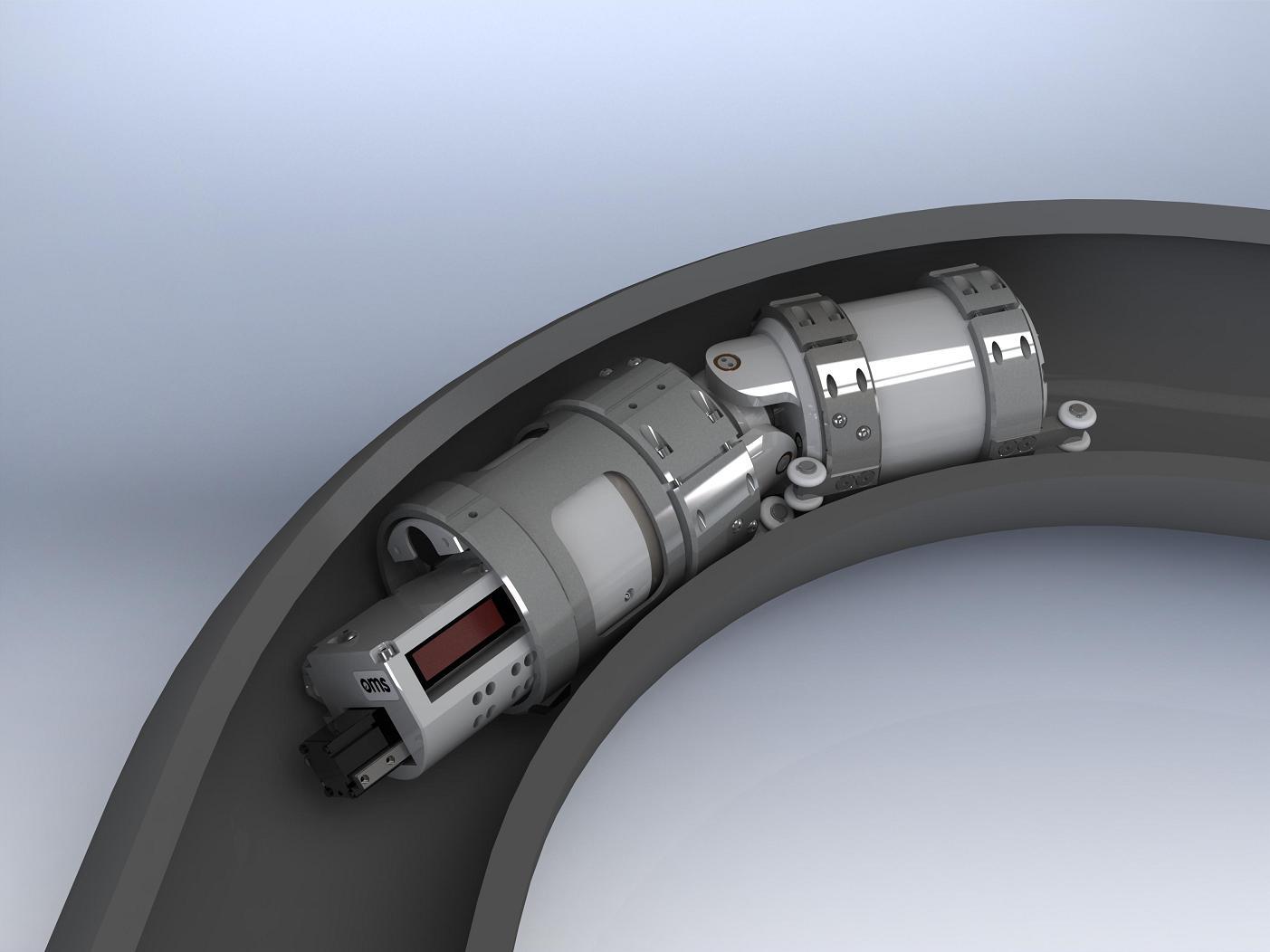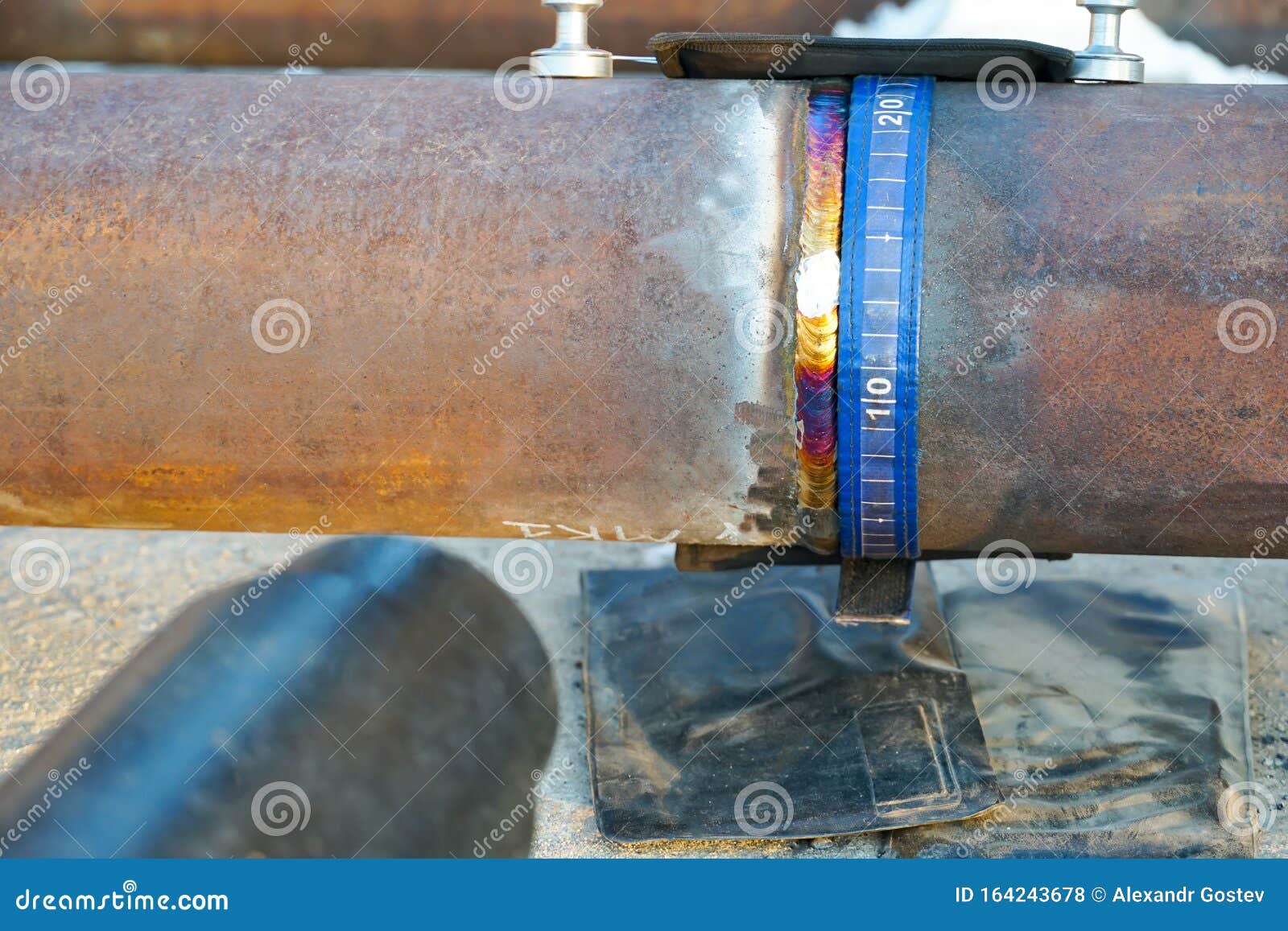Comprehensive Pipeline Welding Inspection Solutions for Commercial Projects
Comprehensive Pipeline Welding Inspection Solutions for Commercial Projects
Blog Article
Comprehensive Introduction of Pipeline Welding Assessment Treatments
Pipe welding examination treatments play a critical function in guaranteeing that bonded links fulfill stringent sector requirements and specifications. From thorough pre-welding examinations to comprehensive post-weld analyses, a well-defined inspection procedure is vital for maintaining the structural sturdiness of pipelines.
Pre-welding Examination Preparations
Before commencing the welding process, thorough pre-welding inspection prep work are vital to make sure the stability and quality of the weld joint. These prep work include a precise assessment of the materials to be bonded, the welding tools, and the work environment. By conducting comprehensive pre-welding inspection prep work, potential concerns can be determined and dealt with early on, leading to high-quality and trustworthy weld joints.
Welding Procedure Credentials
Detailed pre-welding evaluation prep work lay the foundation for the vital procedure of Welding Treatment Certification, making sure the stability and quality of the weld joint. Welding Treatment Qualification (WPQ) is a crucial action in the welding process that entails screening and accrediting welding procedures to ensure they fulfill certain criteria and demands. The WPQ procedure generally consists of welding procedure spec growth, welding procedure certification screening, and documentation of the outcomes.
Throughout welding procedure spec growth, crucial information such as the welding procedure, welding materials, joint design, and welding specifications are specified to create an extensive procedure. Consequently, welding treatment qualification screening is carried out to validate the suggested treatment's honesty. This testing typically involves welding examination vouchers that are subjected to different mechanical and non-destructive tests to evaluate the weld's high quality and adherence to the defined criteria.
In-process Weld Inspection
During the welding process, in-process weld assessment plays a crucial role in guaranteeing the high quality and stability of the weld joint - Pipeline Welding Inspection. This kind of inspection involves keeping track of the welding parameters, evaluating the weld bead formation, and finding any kind of possible flaws or interruptions as they occur. By performing in-process weld inspections, welding drivers can promptly address any issues that might emerge, therefore guaranteeing and stopping additional defects that the last weld fulfills the needed specifications
Usual methods utilized for in-process weld inspection consist of visual assessment, liquid penetrant testing, magnetic fragment screening, ultrasonic screening, and radiographic testing. On the whole, in-process weld assessment is vital for keeping the high quality and integrity of welded pipelines.
Non-destructive Testing (NDT)
Non-destructive Testing (NDT) is an essential technique utilized in pipe welding inspection to analyze the stability of weld joints without triggering damages to the bonded structure. By using numerous NDT techniques, examiners can examine the top quality of welds and recognize any problems or discontinuities that may jeopardize the structural strength of the pipe. Usual NDT methods used in pipeline welding assessment consist of Radiographic Screening (RT), Ultrasonic Testing (UT), Magnetic Fragment Examining (MPT), Fluid Penetrant Screening (LPT), and Visual Screening (VT)
RT entails using X-rays or gamma rays to produce images of the interior structure of the weld, allowing inspectors to discover issues such as porosity, splits, or insufficient blend. UT utilizes high-frequency acoustic waves to detect problems below the surface area of the weld, providing comprehensive details concerning the dimension and place of flaws. MPT and LPT are made use of to recognize surface-breaking problems by applying magnetic particles or penetrant fluids to the weld area. Furthermore, VT includes visual inspection of welds to recognize any kind of visible flaws.
Post-weld Assessment and Paperwork

Paperwork of post-weld evaluation searchings for is necessary for keeping quality assurance documents and ensuring compliance with industry requirements and guidelines. Thorough reports need to include information my explanation regarding the inspection approaches utilized, the location and nature of any type of defects located, and any type of corrective actions taken - Pipeline Welding Inspection. Correct documentation not just serves as a record of find out the weld's top quality but likewise help in future maintenance and examination procedures
Conclusion

Finally, pipe welding inspection procedures play a crucial function in ensuring the high quality and honesty of welds. From pre-welding evaluations to post-weld documents, each action is essential in keeping the security and performance of pipelines. By complying with recognized procedures and carrying out detailed evaluations, prospective issues can be identified and resolved prior to they result in pricey repair work or failures. Generally, adherence to correct inspection procedures is crucial to the success of pipe welding tasks.
From meticulous pre-welding inspections to extensive post-weld assessments, a well-defined evaluation process is essential for maintaining the structural soundness of pipelines. By performing in-process weld examinations, welding drivers can quickly deal with any type of concerns that may occur, thereby avoiding further problems and making certain that the last weld fulfills the needed specs.
Common approaches made use of for in-process weld examination consist of visual inspection, fluid penetrant testing, magnetic particle testing, ultrasonic testing, and radiographic screening.Non-destructive Testing (NDT) is an important technique employed in pipe welding evaluation to analyze important link the integrity of weld joints without creating damages to the welded structure. Post-weld inspection entails various techniques to evaluate the welds for flaws, consisting of visual inspection, color penetrant testing, magnetic bit testing, ultrasonic screening, and radiographic testing.
Report this page